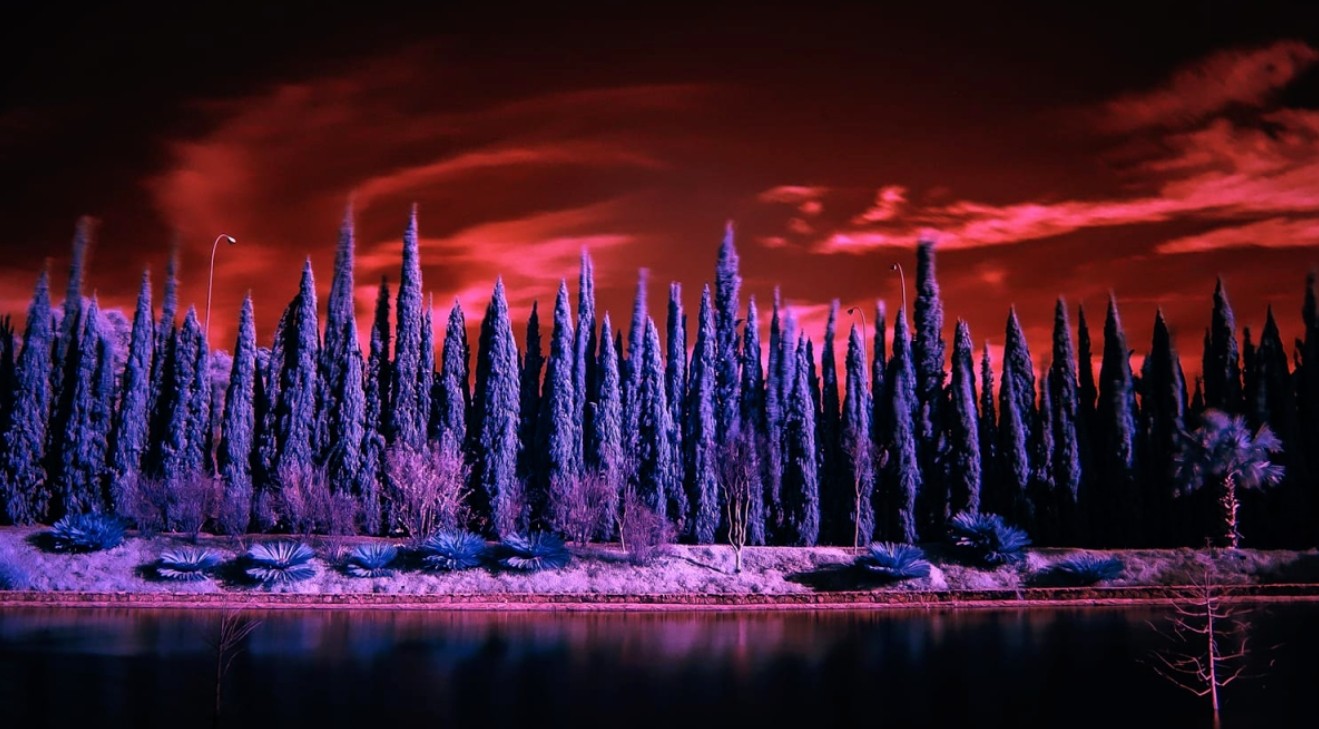How Broad Spectrum Cameras Work?

Wide spectrum cameras are advanced imaging devices designed to capture a wide range of wavelengths beyond the visible spectrum. Unlike traditional cameras, which primarily capture light in the visible range, wide-spectrum cameras can capture light from ultraviolet (UV) to infrared (IR) wavelengths. This article explores the operating principles, components, and potential for future development of wide-spectrum cameras.
Learn About Broad Spectrum Cameras
Wide spectrum cameras utilize specialized technology to capture and process various wavelengths of light. By extending the range of wavelengths beyond what the human eye can perceive, these cameras allow us to visualize and analyze the world in ways the naked eye cannot.
Components of a Broad Spectrum Camera
Wide spectrum cameras consist of several key components that work together to capture and process light:
1. Image Sensor
The image sensor in a wide-spectrum camera is responsible for converting incoming light into an electrical signal. It consists of an array of pixels that detect and measure light intensity. The type of image sensor used can vary, but popular choices include CCD (Charge Coupled Device) and CMOS (Complementary Metal Oxide Semiconductor) sensors.
2. Filter
Broad-spectrum cameras employ different filters to selectively capture specific wavelengths. These filters can be swapped or adjusted to fit specific ranges of the electromagnetic spectrum, allowing the camera to capture ultraviolet, visible, and infrared light. Common filters include UV pass filters, visible light filters, and IR pass filters.
3. Optics
The optics of wide-spectrum cameras play a vital role in focusing light onto the image sensor. They consist of lenses and other optical elements that control the path and properties of incoming light. High-quality optics are critical to capturing clear, accurate images across the entire spectral range.
4. Processor
The wide-spectrum camera's processor processes the image data captured by the image sensor. It applies various algorithms and adjustments to optimize captured images, including noise reduction, color correction, and white balance. The processor is responsible for producing high-quality output from the raw data captured by the image sensor.
How Broad Spectrum Cameras Work?
The operation of a wide-spectrum camera can be divided into three main steps: capturing light, filtering light, and image processing.
1. Capture the Light
When light enters the camera through the lens, it travels through the filter and onto the image sensor. Image sensors convert light into electrical signals, creating a digital representation of the scene.
2. Filter Light
Filters in broad-spectrum cameras selectively allow certain wavelengths to pass while blocking others. By adjusting the filters, the camera can capture light from different parts of the electromagnetic spectrum. This allows the camera to capture ultraviolet, visible, and infrared light, expanding the range of information that can be recorded.
3. Image Processing
Once the light is captured and filtered, the camera's processor comes into play. The processor applies various image processing techniques to enhance the captured images. This includes adjusting brightness, contrast, and color balance to produce a visually appealing and accurate representation of the scene. The processor also performs noise reduction and sharpness enhancement functions to improve image quality.
Advantages and Limitations of Broad Spectrum Cameras
When considering a wide-spectrum camera, it is critical to understand its advantages and limitations. Here are some key points to consider:
1. Advantages
Extended Range: Wide-spectrum cameras capture light beyond the visible spectrum, providing a wider view of the world.
Enhanced Visualizations: They reveal hidden details and patterns, leading to new discoveries and insights.
Versatility: By changing filters and settings, wide-spectrum cameras can be adapted to a variety of applications.
Scientific and Creative Potential: They promote scientific research and provide opportunities for the art of photography.
2. Restrictions
Cost: Broad-spectrum cameras can be more expensive than traditional cameras due to specialized components and technology.
Complexity: Additional training and expertise may be required to operate and understand broad-spectrum cameras.
Reduced Sensitivity: Since a camera captures a wider range of wavelengths, it may be less sensitive to specific wavelengths than a dedicated sensor.
The Future of Broad Spectrum Camera Technology
The field of wide-spectrum camera technology is constantly evolving. Some potential future developments include:
Enhanced Sensor Technology: Advances in image sensors can improve sensitivity, dynamic range, and overall image quality.
Compact and Portable Design: Efforts are underway to develop smaller, more portable broad-spectrum cameras for easier use in a variety of applications.
Integration with Other Technologies: Wide-spectrum cameras can be integrated with artificial intelligence and machine learning algorithms to enhance image analysis and interpretation.
The above introduces the working principle, components, and future development of the broad-spectrum camera. If you want to know more or want to buy a spectral camera, please contact us.
With leading R&D technology and excellent manufacturing process, JAVOL has become an industry-leading professional custom infrared thermal imaging systems manufacturer. We are committed to providing users with high-quality products and considerate services. We enjoy a good reputation in the industry with high-quality products and a considerate service attitude. We have a professional production team and a strict quality inspection system, which can fully control the quality of our products. The company designs, develops and manufactures advanced imaging products and system solutions, which are widely used in machine vision, autonomous driving, drone payloads, high-end manufacturing, medical diagnosis and other fields.
